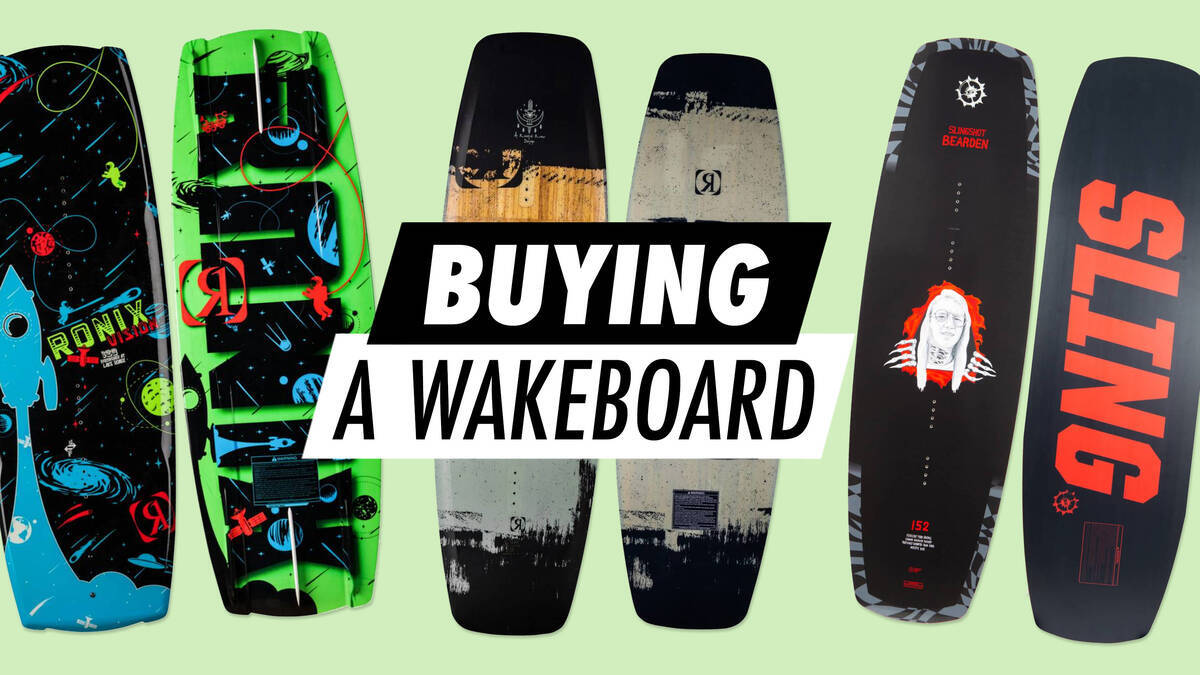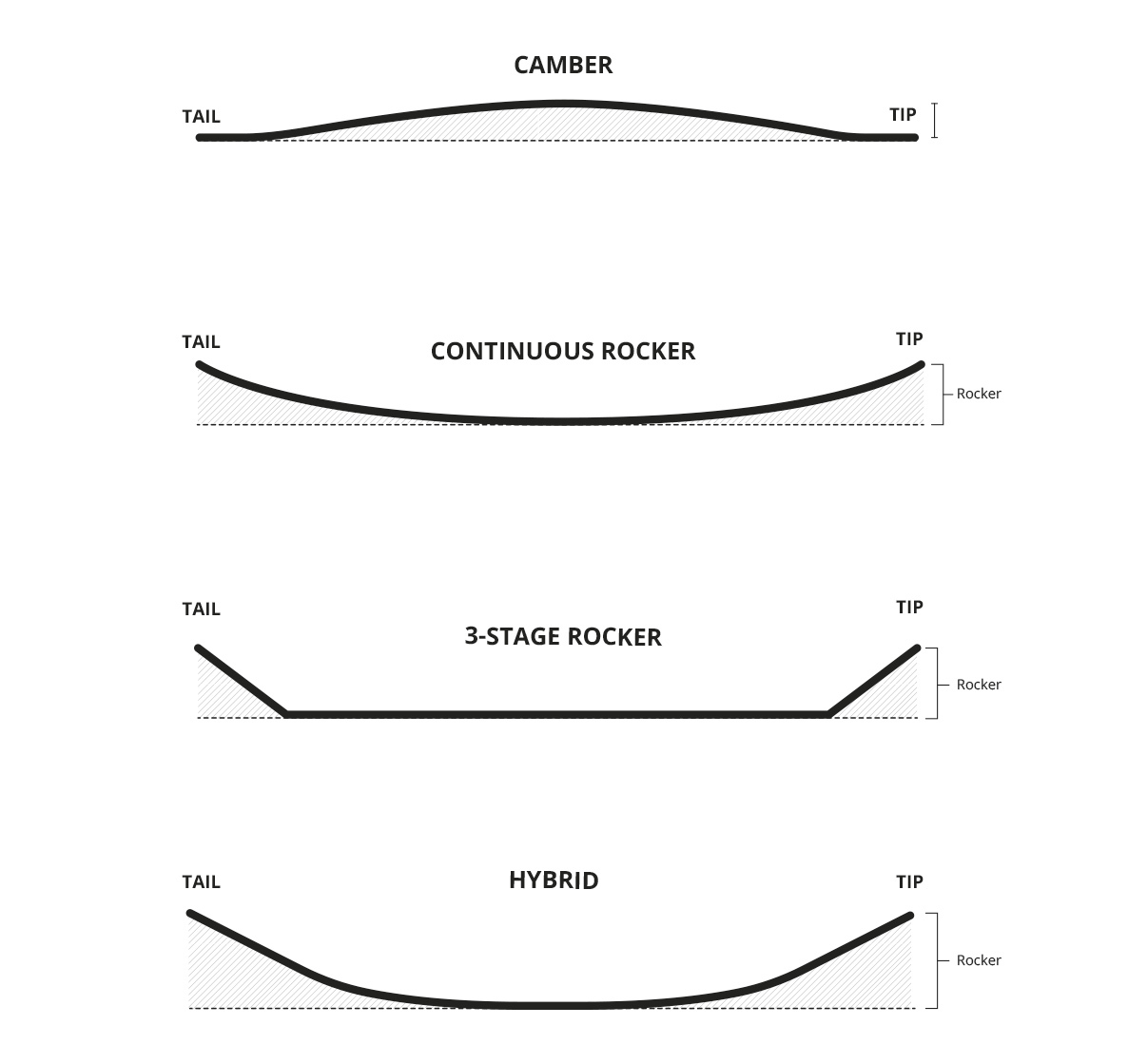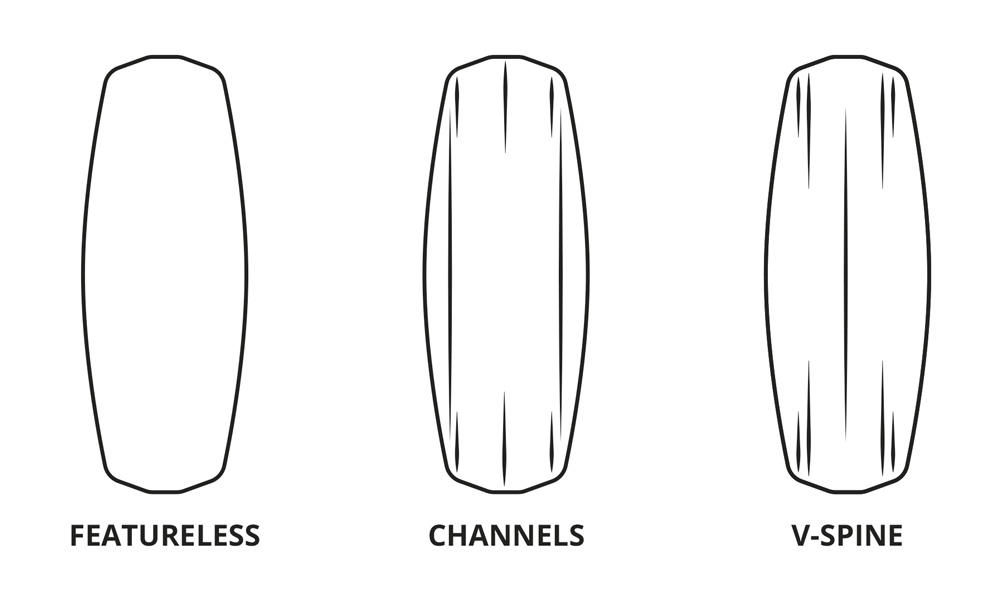Purchasing a wakeboard

Excited about wakeboarding? Here's a concise guide to considerations before acquiring your equipment.
1. Style of Wakeboarding and Flex Level
Foremost, consider the wakeboarding style you are venturing into. Two main types exist: Cable park and boat wakeboarding. Cable park wakeboarding involves being pulled by an overhead cable (akin to ski resort drag lifts). These boards offer greater flex, smooth bases, and detachable (or absent) fins. Boat wakeboarding involves boat towing, with boards designed to be stiffer (less flex), having features on the base for easier edging into the wake, and a variety of fins.
A hybrid board is another option, blending features of both cable and boat wakeboarding - medium flex (softer at the tip and tail, firmer between the bindings), a simplistic base design, and detachable fins.
2. Size
Arguably the most crucial aspect is the wakeboard's length. This is based on your weight, and if multiple individuals will use the board, it's ideal to adjust it for the heaviest user. Below is a chart providing wakeboard length recommendations according to weight, along with advice on sizing up or down.

Note that this serves as a general guideline, hence size suggestions may vary between different products.
Should you opt for a slightly shorter or longer board?
Adopting a longer board is increasingly popular, among both novice and seasoned riders, particularly at cable parks. Opting for a larger size simplifies riding the board, offering enhanced lift off the wake. Bigger boards confer softer landings, greater speed, and better control when attempting tricks for the first time (due to larger surface area contact with water). They provide superior flex, larger balance points for presses, and increased power for aerial tricks.
Smaller boards offer easier manoeuvrability but are slower and require more effort to navigate through the water (due to reduced board surface area contact). They result in harder landings with increased risk of the board’s nose digging into the water.
3. Rocker
The term "rocker" refers to the board's curvature. The principal types are continuous and 3-stage rocker. Recently there is a growing interest in cambered (similar to ski and snowboard curves) and hybrid (a blend of continuous and 3-stage rocker) boards.

- Continuous rocker yields a smooth, fluid curvature. Boards with this rocker offer a smoother, swifter ride, softer landings, and straightforward carving. This form is frequently employed for cable park riding;
- A 3-stage rocker profile has three distinct planes at the base. This design enables greater elevation when encountering the wake. However, it also results in slower speeds as the board ploughs through rather than gliding across the water. This rocker type is suited for intermediate to advanced riders and often preferred for boat riding.
- Camber rocker introduces a relatively novel shape. It evenly distributes the rider's weight, easing pressure off the back foot as it promotes a more natural posture. Transitioning from a continuous or 3-stage rocker to a cambered board could require some adjustment.
- Hybrid rockers merge features from the first two: smoother curvature in the middle with more defined tip and tail. This configuration can be advantageous both in the park and behind a boat.
4. Base Designs
Beyond eye-catching aesthetics, your wakeboard's base encompasses various designs influencing its ride. Three primary base designs include featureless, channeled, and V-shaped spines. Furthermore, concaves might be present, which are unique indents that promote lift and act as suction-reducing accelerators.

- A featureless base lacks moulded-in fins or channels; thus, the ride is influenced by the board’s overall shape, rocker, and fins;
- Channels function as extended fins that break surface tension upon landing while assisting in redirecting water flow.
- V-shaped spines, akin to channels, cushion landings and facilitate rolling from one edge to another (often integrated on 3-stage rocker boards).
5. Fins
Fins generally fall into two categories: moulded-in (permanent) and removable. Many beginner boards feature both. It's also possible to ride without fins (removing them), particularly in cable parks, to better engage the obstacles and prevent catching a fin while sliding.
Generally, fins can be long or short, with long fins providing a stable, predictable ride (suitable for beginners), whereas shorter fins allow greater movement and a more liberated feel on the water (for those more experienced).
6. Edges
Lastly, in examining the edges, contemplate your existing or desired riding style.
Sharp edges suit more aggressive riding, enabling deeper cuts into the water and higher speed. Round edges, conversely, appeal to riders preferring a relaxed style, offering improved surface sliding and a focus on surface tricks.
Variable edges offer a blend, incorporating both sharp and round edges. This variation increases sharpness at the tip and tail (for enhanced grip and cutting power) while providing rounder edges near the centre (for a smoother feel).
In summary, before obtaining your wakeboard, consider:
- The riding type and flex level
- Size
- The rocker
- The base designs
- The fins
- And the edges
Lastly, ensure you have fun on the water!
